Anaesthesia for Vet Nurses: From Fundamentals to Emergency Expertise
Questions and Answers
A 34kg 6 year old female entire Labrador is undergoing pyometra surgery.
The patient is in dorsal recumbency and the RVN has aided positioning with a cradle and pillow to ensure comfort as the patient is overweight.
Throughout the anaesthetic the patient has been taking long, slow, deep breaths and the RVN has noted hypercapnia via ETCO2 readings above 55mmHg. Capnography shows “wave forms which have increasing peaks”.
What could this suggest? How could the RVN resolve this?
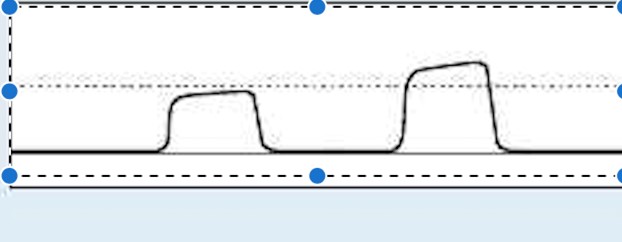
Answer
The wave form would suggest increasing ETC02 or hypoventilation. This could be due to several reasons such as a decrease in respiratory rate, a decrease in tidal volume, an increase in metabolic rate or a rapid rise in body temperature.
To resolve this the RVN should first carry out patient checks such as heart rate, eye positions, reflexes, SPO2 and blood pressure. Ensure the ET tube has no obstruction and check for any exhausted CO2 absorbents such as ensuring soda lime is not exhausted. The RVN should begin IPPV to reduce the ETCO2 and increase the respiratory rate. Alternatively mechanical ventilation can be used to assist with resolving hypercapnia.
Furthermore, the patient’s body weight and positioning could be a cause of this so it’s important for the RVN to aid positioning and comfort and ensure the thorax is able to move adequately.
How did you get on?
This question and answer is from the tutor on the upcoming Online Mini Series Course “Anaesthesia for Vet Nurses: From Fundamentals to Emergency Expertise.” For very practical help with your small animal anaesthesia patients, read on…..
Anaesthesia for Vet Nurses: From Fundamentals to Emergency Expertise
Online Mini Series Course
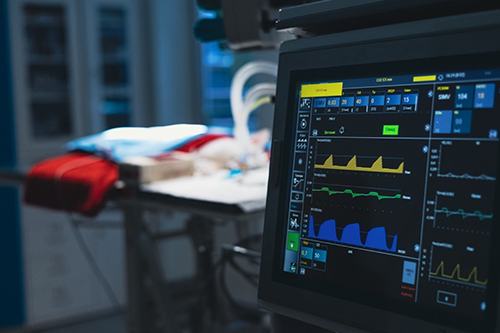
- Improve and expand your knowledge of anaesthesia patient care in this mini series
- Learn essential principles and gain practical skills to ensure the safe and effective management of anaesthesia cases
- Focus on emergency preparedness and multi-parameter expertise
- You have a whole year’s access to recorded sessions and study notes for reviewing key points
- Superb value for money – you learn without travelling or paying for accommodation, childcare or petcare
- Watch the recordings on your iPad, mobile, PC or tablet
- Self-assessment quiz to ‘release’ your 8 hours CPD certification
I found the information easy to understand and the information was delivered clearly. I will be able to apply the knowledge to my day to day activities.
What will I learn on this course?
Session 1
Foundations of Anaesthesia: Patient-Centric Preparation and Pre-op Insights
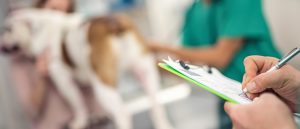
- Learn how to assess and prepare a patient for anaesthesia, taking into consideration their unique needs and conditions.
- Gain insights into the pre-operative evaluation process, including history-taking and physical examinations.
- Develop proficiency in selecting appropriate anaesthetic agents and techniques based on patient characteristics and surgical requirements.
Session 2
Unlocking the Power of Anaesthesia Monitoring and Equipment in Veterinary Nursing
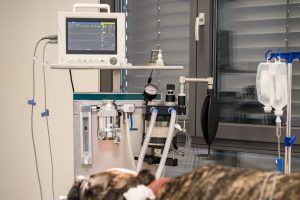
- Develop a comprehensive understanding of the critical role of anaesthesia monitoring in veterinary nursing.
- Learn to interpret and analyse anaesthesia parameters and vital signs to ensure patient safety and well-being.
- Explore the principles of capnography, pulse oximetry, blood pressure monitoring, and ECG in the context of anaesthesia.
- Develop the ability to make informed decisions based on real-time monitoring data to optimize patient care.
Session 3
Critical Insights: Veterinary Emergency Preparedness and Patient Recovery
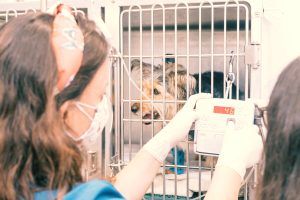
- Acquire the skills and knowledge necessary to assess and prepare for potential emergencies in a clinical setting.
- Understand the importance of teamwork and clear communication in managing veterinary emergencies.
- Develop strategies for handling anaesthesia-related emergencies, including drug reactions and airway management.
- Learn to assess and monitor patients as they awaken from anaesthesia to ensure a smooth and safe transition.
- Learn to document and maintain accurate recovery records for each patient.
Meet the Presenter....
Rebecca Meagan
RVN, CertVNECC (Certificate in Veterinary Nursing of Emergency and Critical Care) and CertAVN (Certificate in Advanced Veterinary Nursing) with a specialisation in Anaesthesia, Analgesia, and Pain Management

I have six years of experience as a qualified Registered Veterinary Nurse (RVN), with a diverse background encompassing referral anaesthesia, Emergency and Critical Care (ECC), and diagnostic imaging. My unwavering passion lies in the field of anaesthesia and analgesia, as I firmly believe that RVNs play a pivotal role in ensuring the well-being of our animal patients during these critical procedures. Over the past six years, I’ve dedicated myself to continuous learning and professional development, earning two significant certifications: CertVNECC (Certificate in Veterinary Nursing of Emergency and Critical Care) and CertAVN (Certificate in Advanced Veterinary Nursing) with a specialisation in Anaesthesia, Analgesia, and Pain Management.
Attend the Live Sessions or watch the Recordings later - it's up to you!
The mini-series is clearly structured and very informative.
Session 1 - Wednesday 31st July 2024 2pm-4pm UK time
Session 2 - Wednesday 14th August 2024 2pm-4pm UK time
Session 3 - Wednesday 28th August 2024 2pm-4pm UK time
No special equipment required... just a decent broadband connection
Take advantage of the easy Online Mini Series™ format and advance your anaesthesia knowledge
Just £297 + VAT*
Overseas customers outside the UK will not be charged VAT.
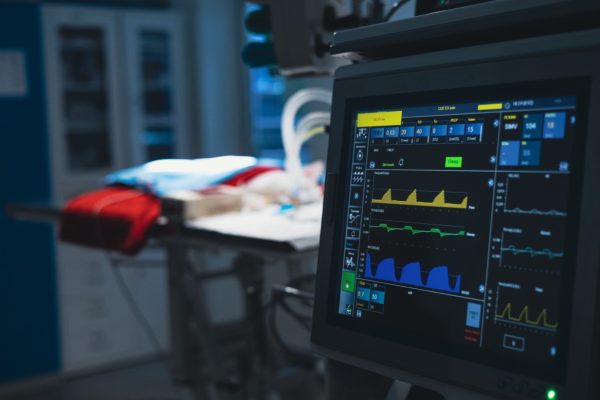
Price includes...
- All 3 sessions
- Notes and quiz (8 hours CPD)
- PLUS unlimited access to recordings and all course materials for 12 months!
- No traffic jams or accommodation hassles
- No child or pet care to arrange
- No rota clashes to worry about and no locum cover needed
Just great CPD and a valuable ongoing resource

100% Money Back Guarantee
Buy with absolute confidence as your purchase is protected by our 100%, no quibble money-back guarantee
Very thorough and comprehensive courses. The course notes are a great addition too.
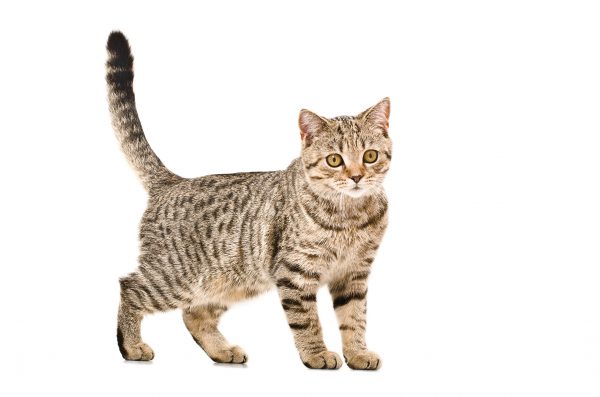
Need Some Help?
Have A Question?
Please call us on:
0151 328 0444Alternatively email
webinarclub@cpd-solutions.comWe will be delighted to help. Thank you!